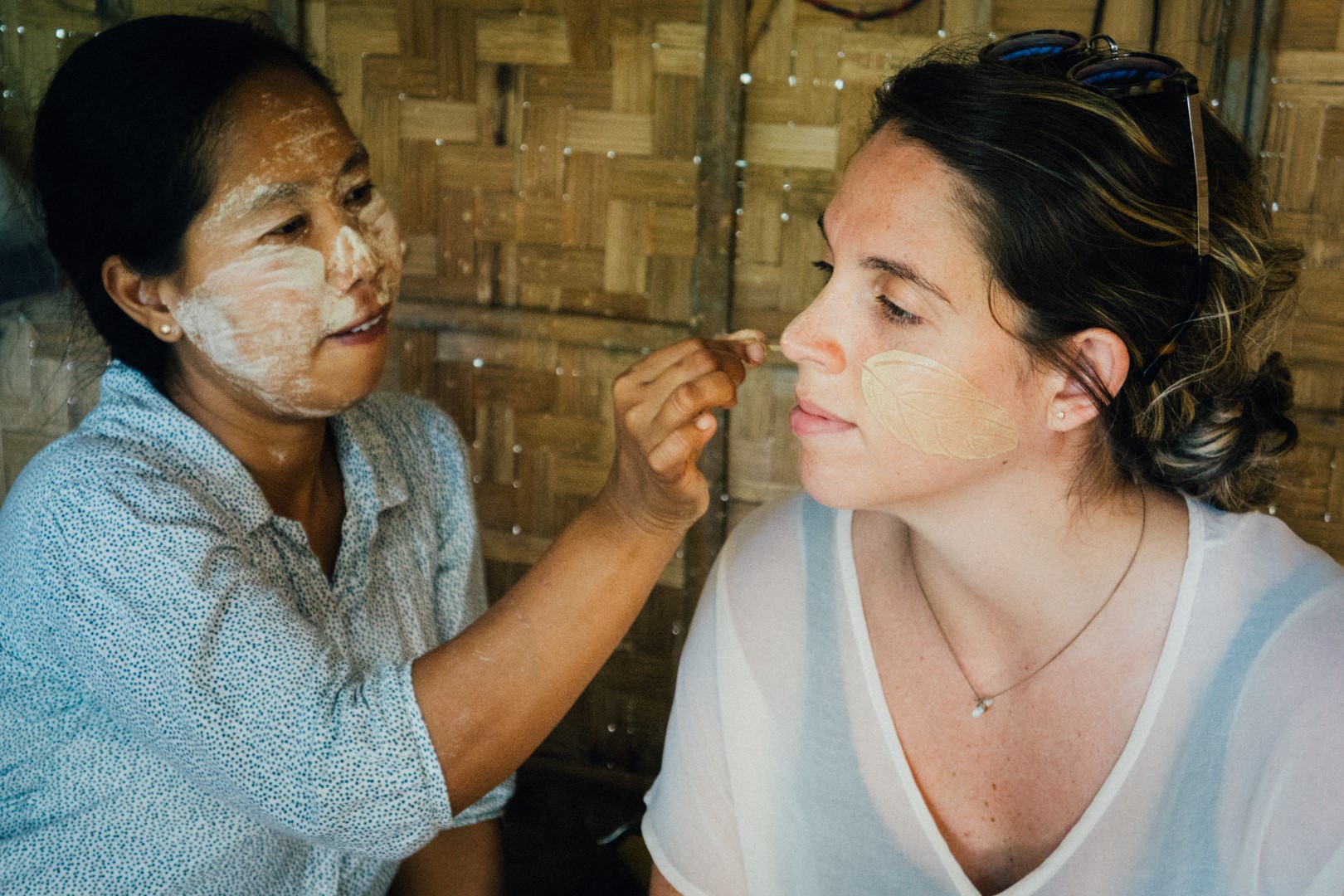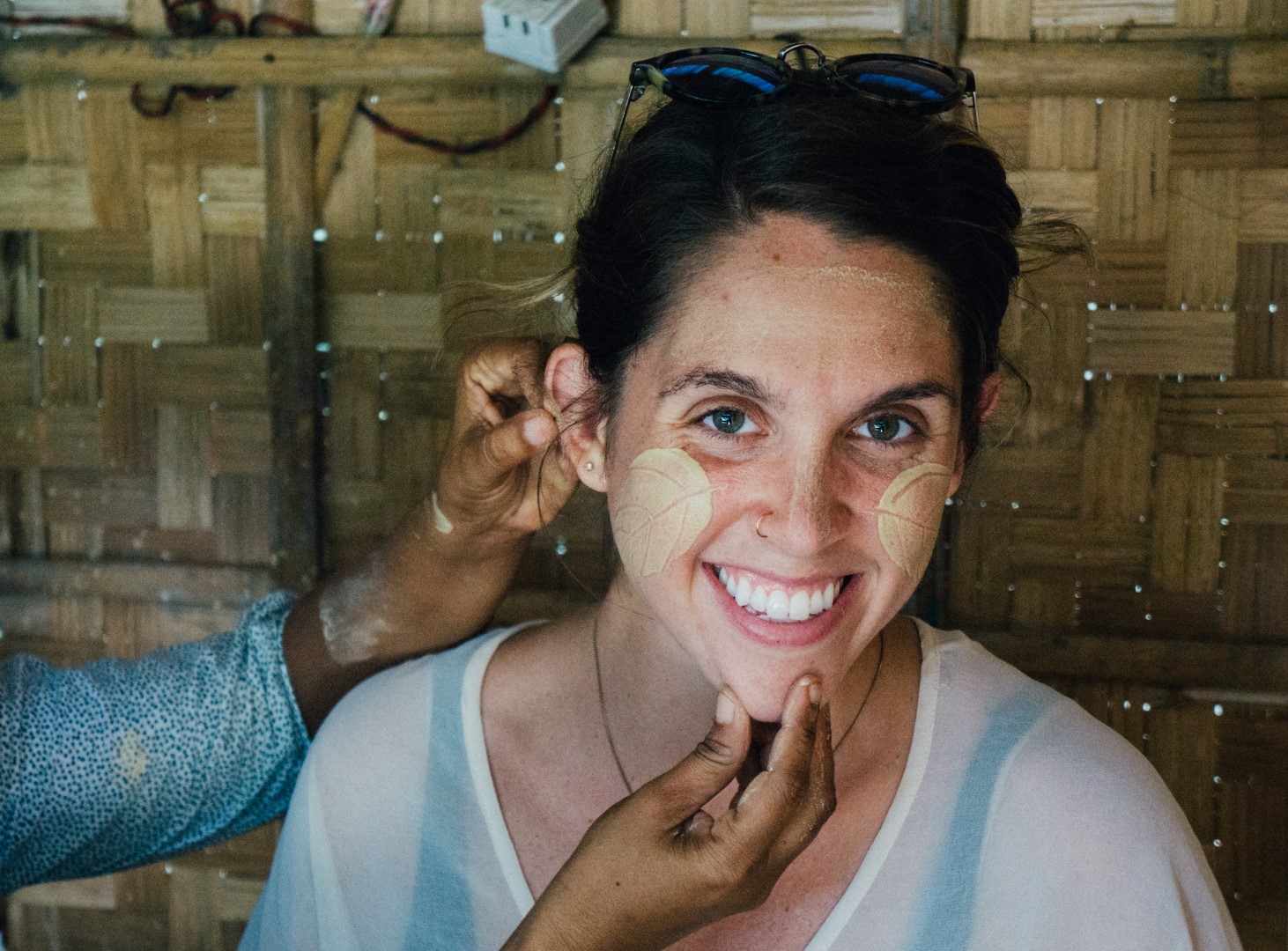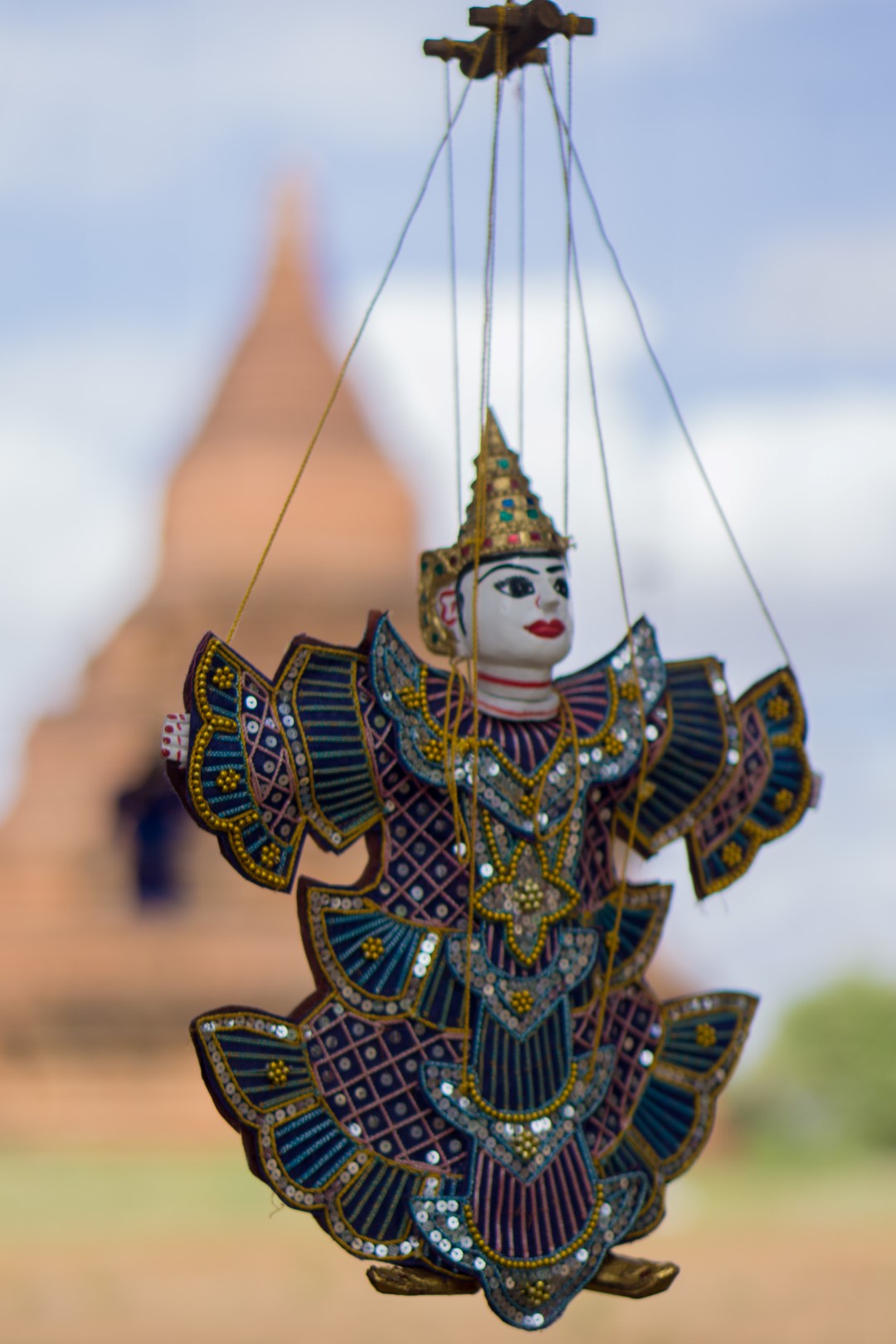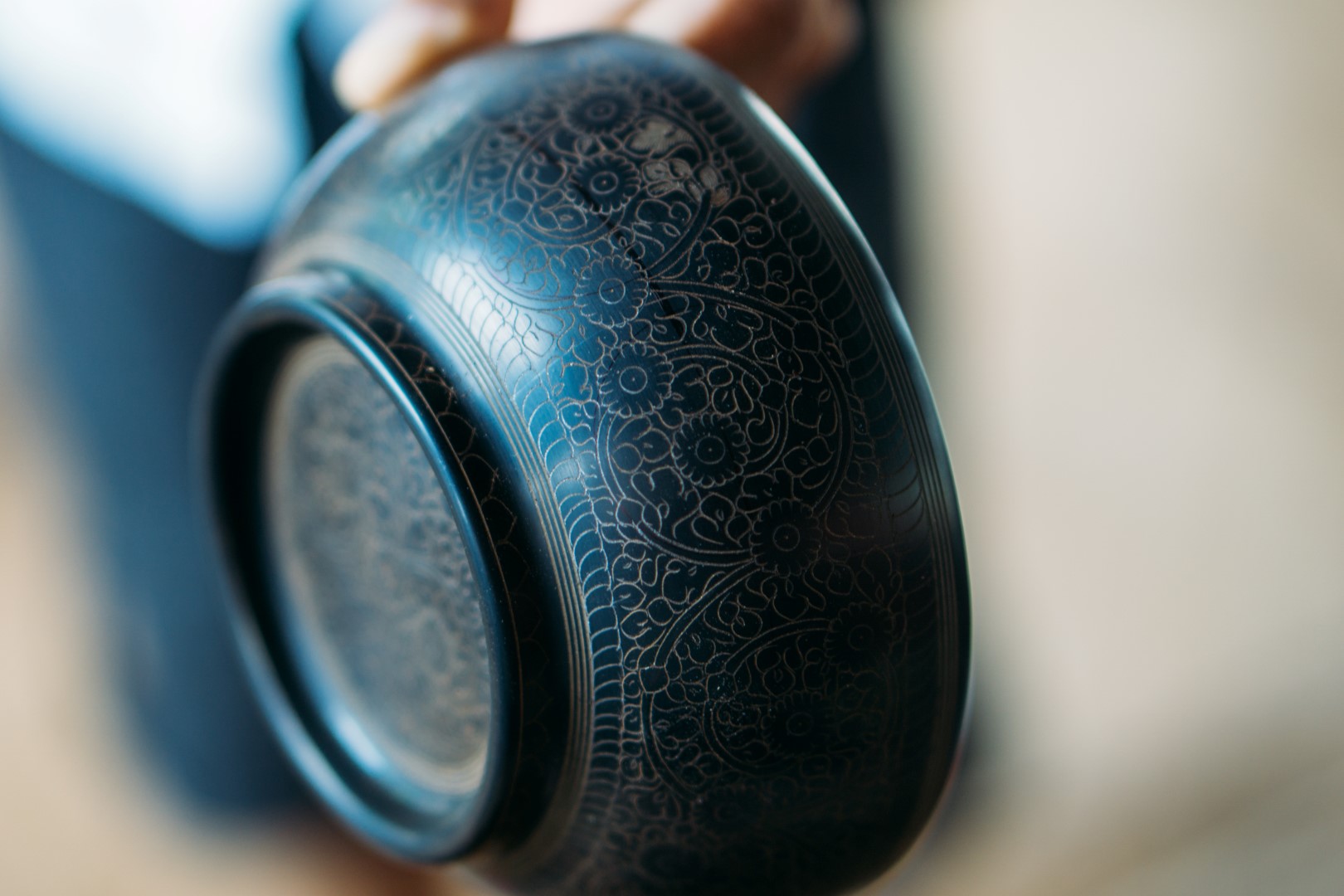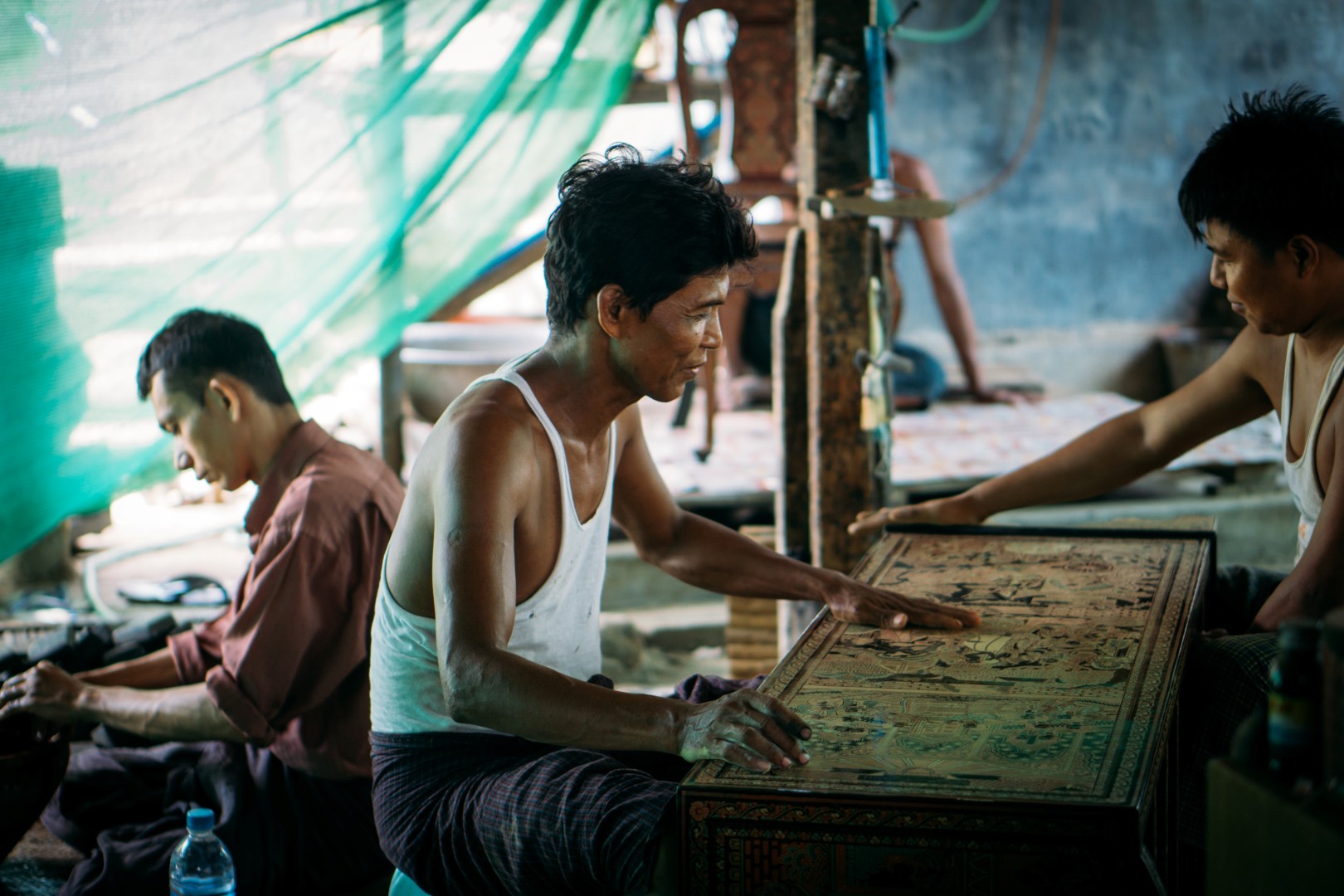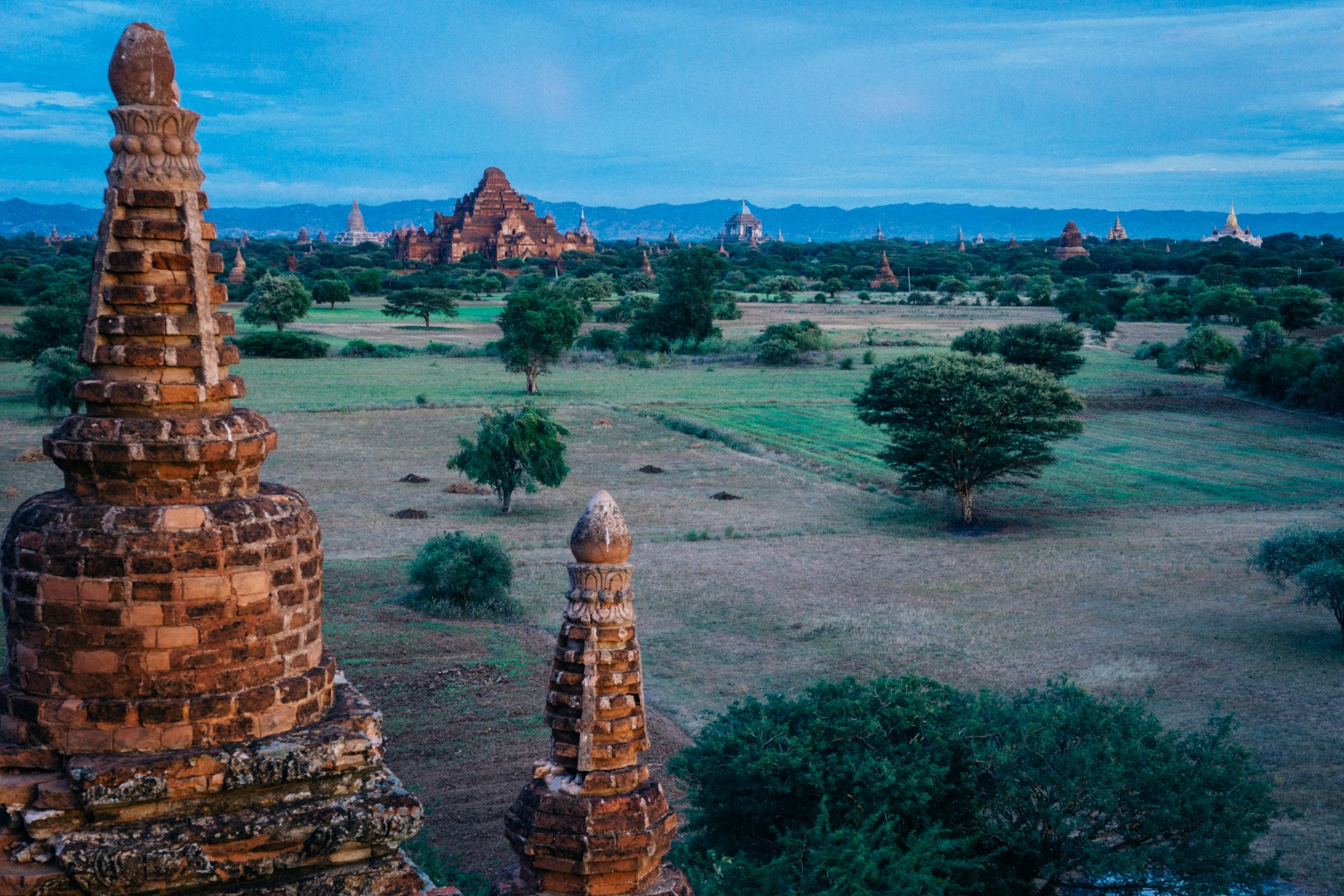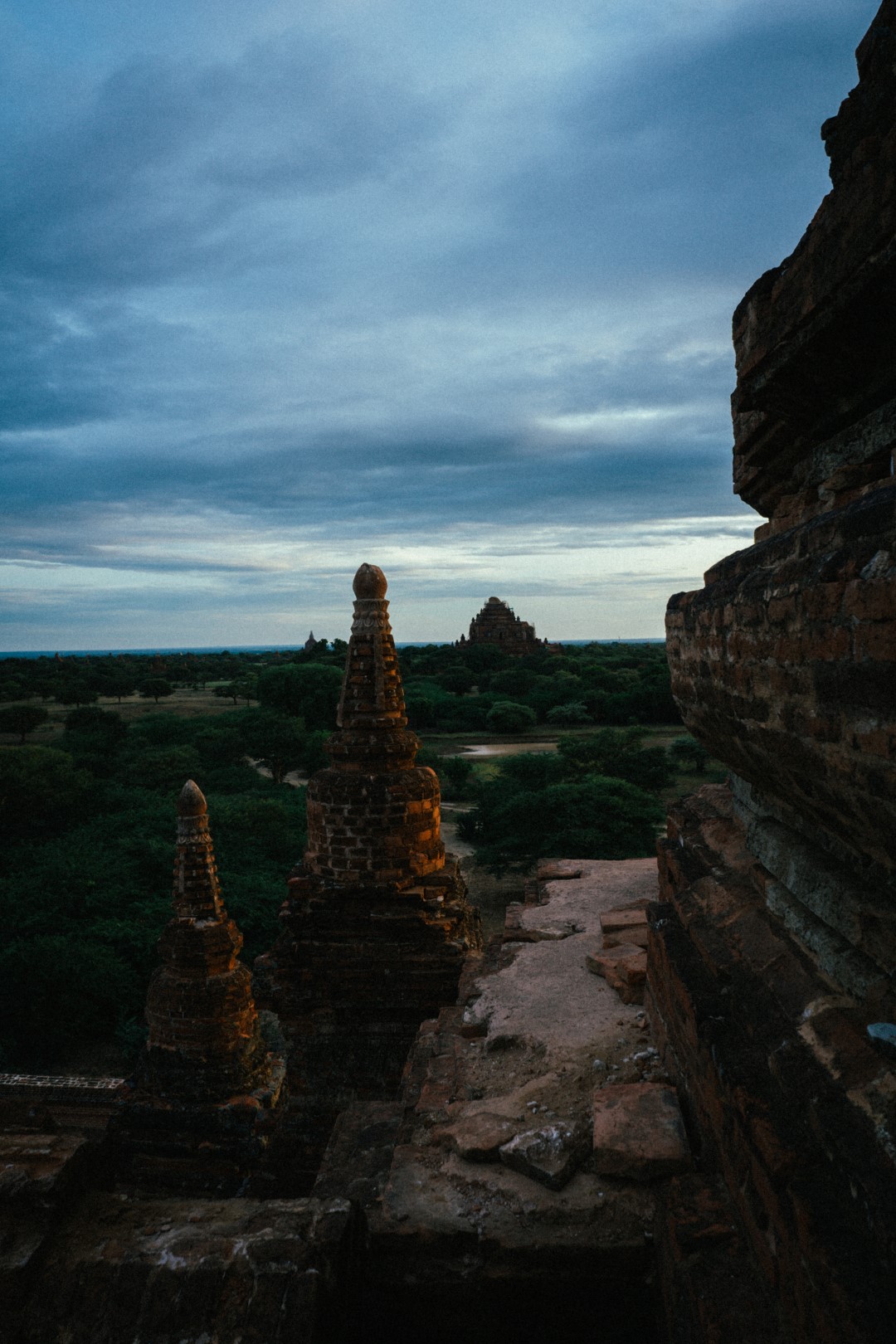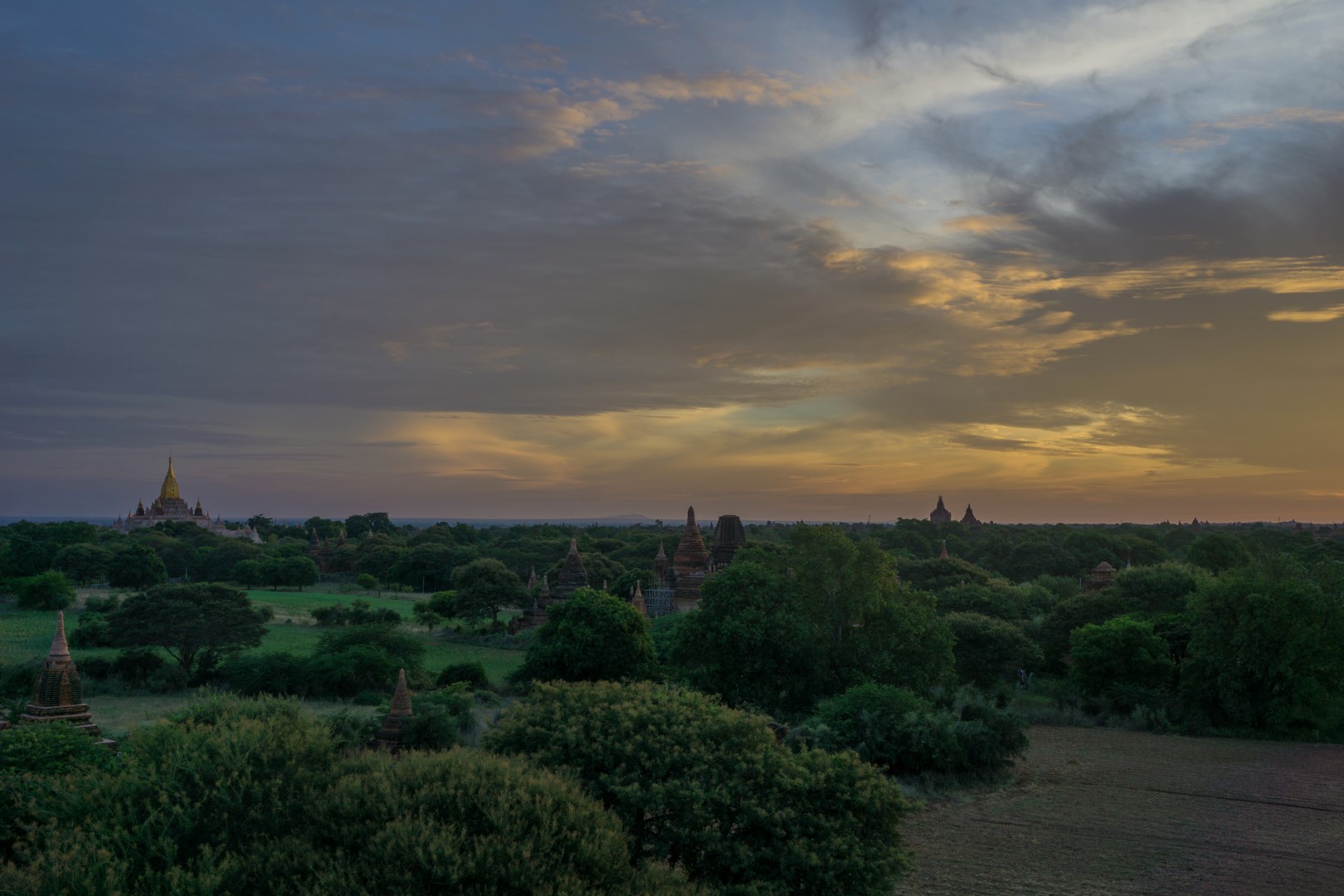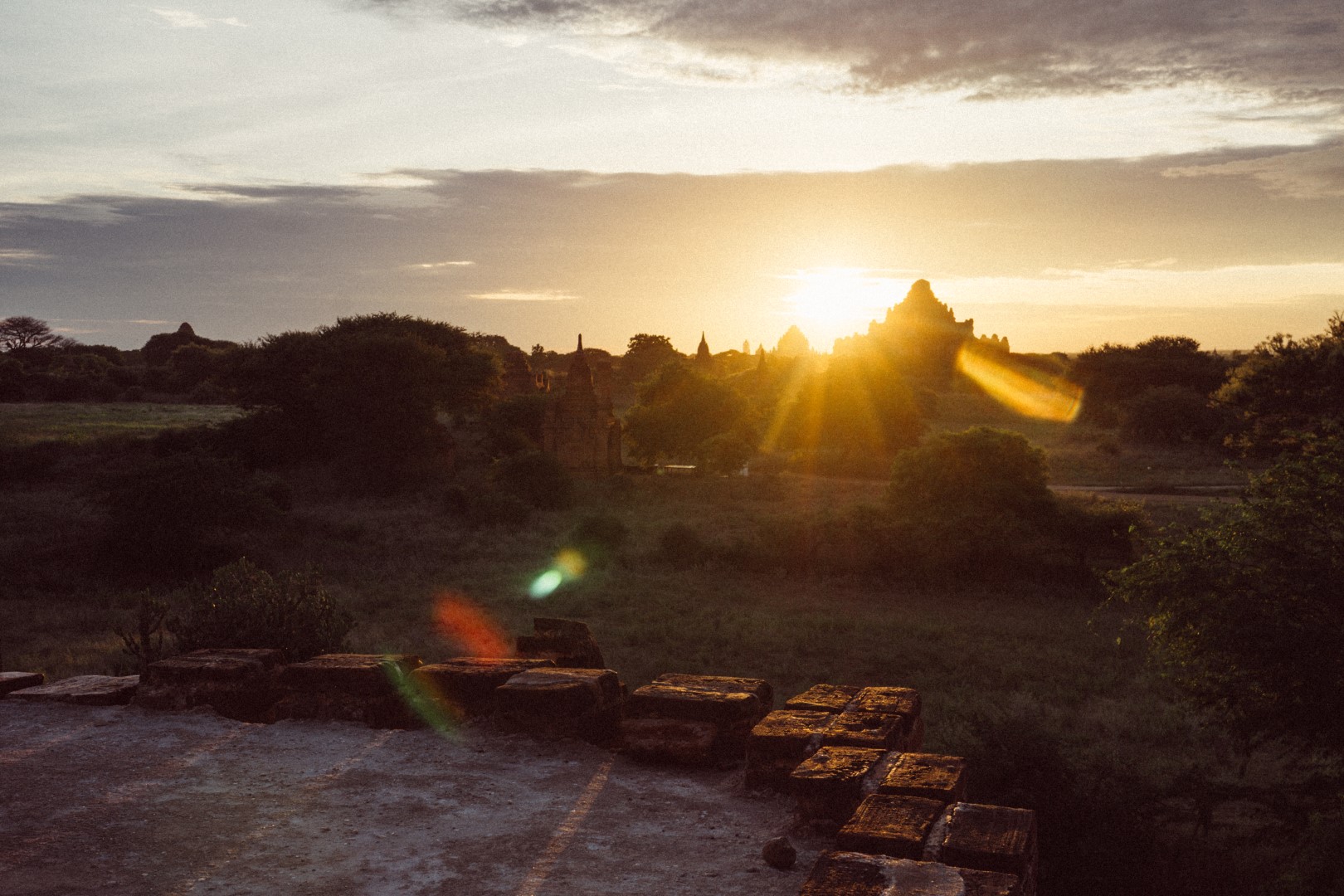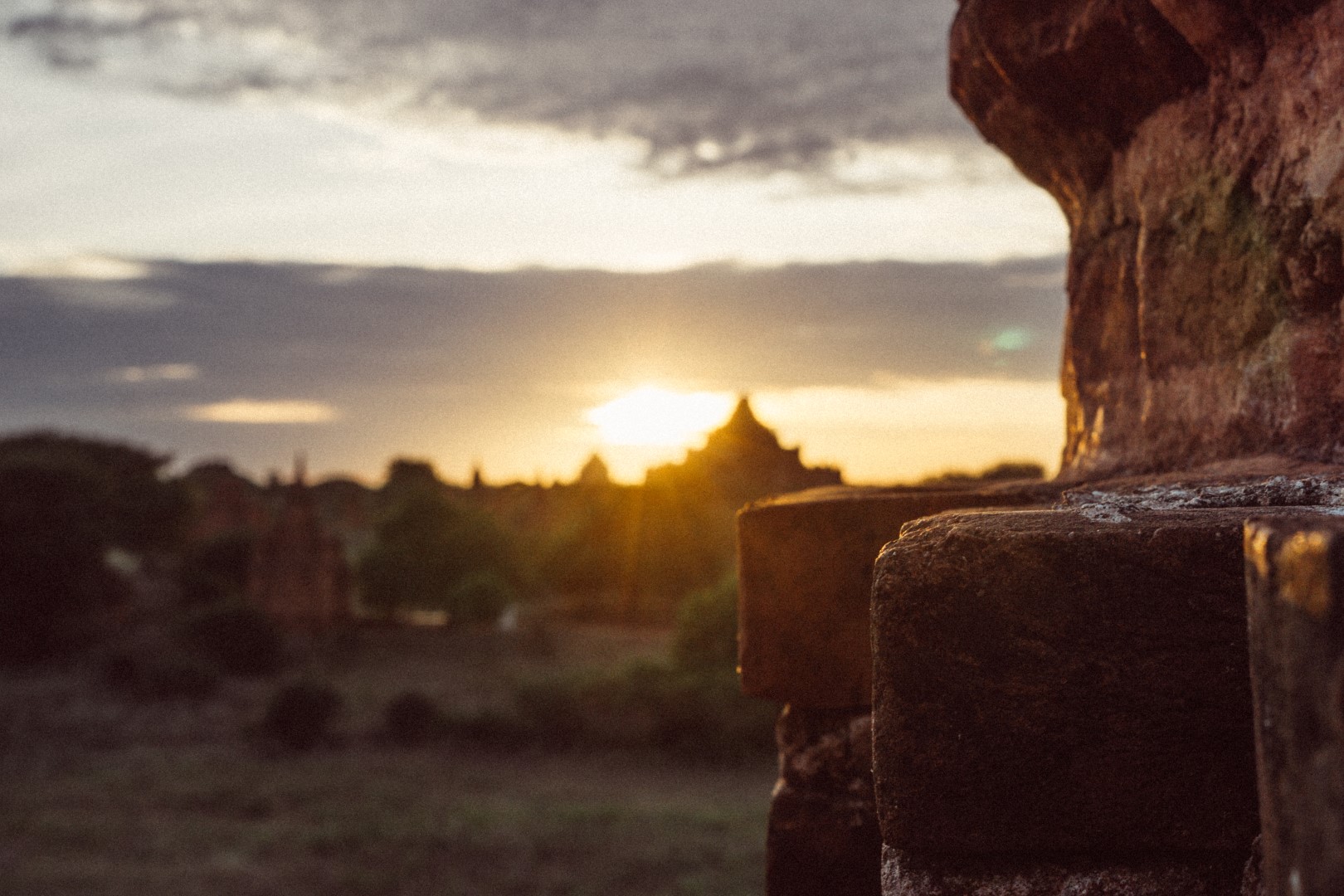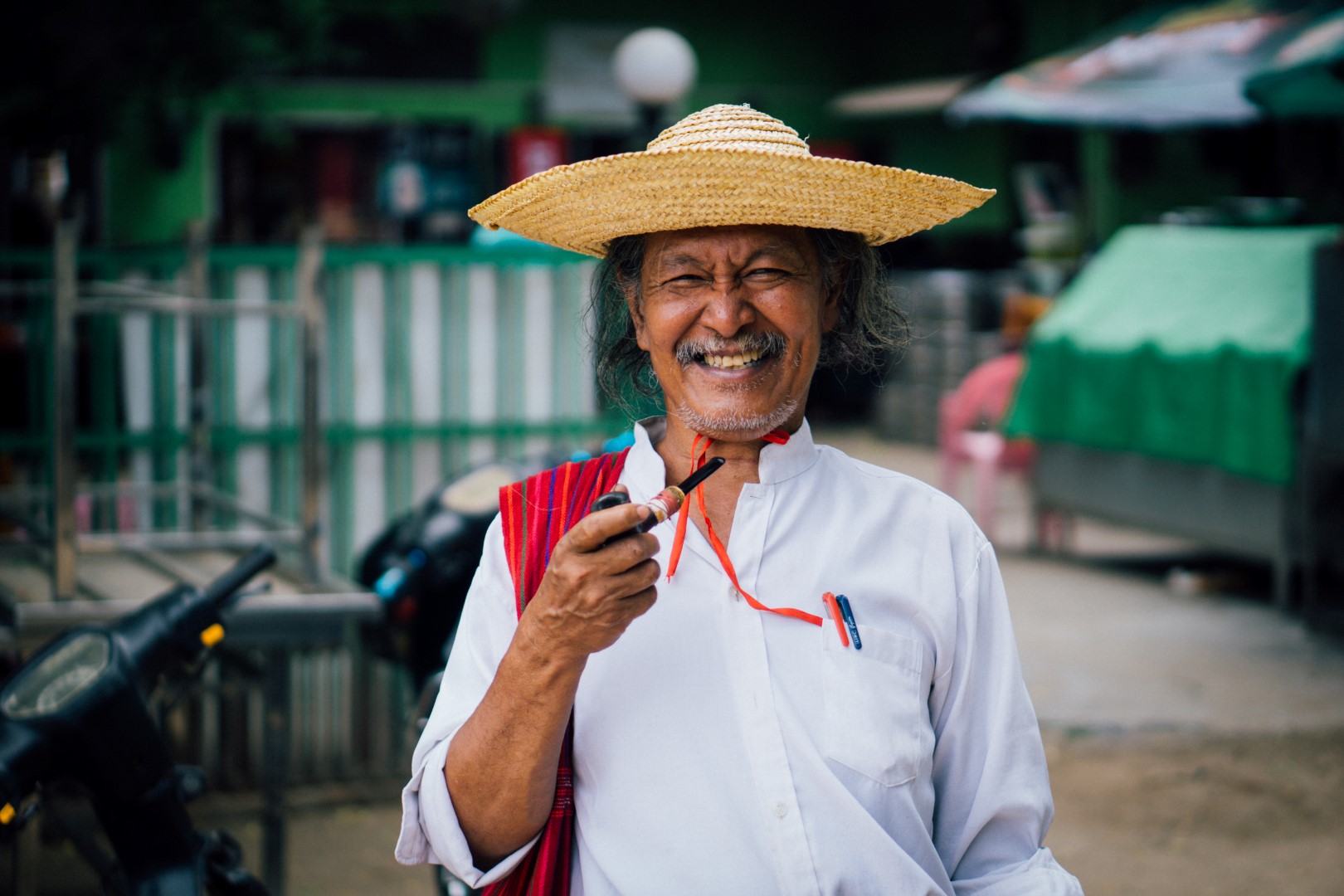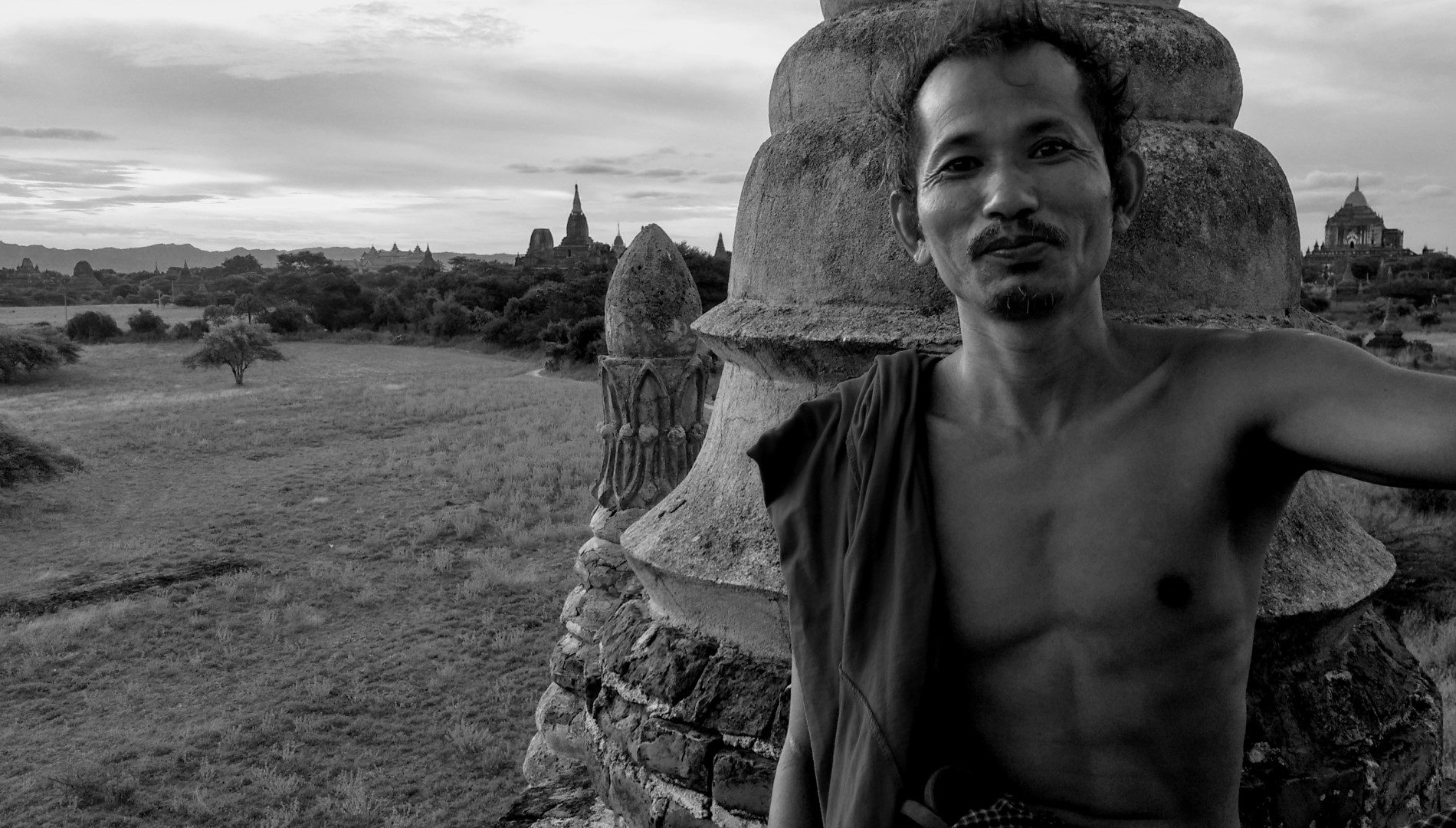A Burmese Fairy Tale
One really refreshing thing about getting off the plane in Myanmar was how perfectly everything worked out once we got there. New country, new start – and it was a good one.
We like it here.
In typical fashion, we left Indonesia in a bit of a panic as we totally spaced on getting our Myanmar e-visas until the very last minute, making the flight out of Indonesia into Kuala Lumpur a nerve wracking one – were we going to be allowed in the country, or not? Luckily, it seems the ’36 hour processing time’ didn’t apply in this case – the immigration officers must have been bored that day – and we got the email from the Burmese government as soon as we got off the plane. It was absolute blind luck and good fortune, but from that moment on we were on a roll.
We boarded the plane and had a relatively pleasant Air Asia flight into the next time zone, and disembarked into Burma – and after ten or fifteen minutes, we had cleared customs, got our bags, and were into Myanmar proper. Easy as pie.
Before I go further, I feel like I should explain something about this country: I use the terms Burma and Myanmar interchangeably, and most people from the country don’t get too upset about it. However, it’s important to note that the Burmese people only represent around 60 or 65% of the population of the country; the rest of the 35-40% is made up of minorities including hill tribes from the Northeast near Laos, Chinese up near the Northern border, the Rohingya near the Bangladeshi border, and many, many more. As you’ve probably gathered, most of the minorities live in on the edges of the country, whereas most of the Burmese live in the center. Myanmar is a name that was chosen to encompass the cultures in both the middle and border regions, but unless you’re mucking about in some of those semi-stable areas, you’re pretty safe to call it Burma without getting on anyone’s bad side. Plus, I think Burma just rolls off the tongue better.
Now, back to it.
We’ve found that one of the most annoying things about travelling is when you get off a plane from a familiar country and into a new country, and getting ‘set up.’ This can mean several things, but to me it’s basically getting from the airport to wherever you’re staying and getting your bearings. Airports are like magnets for scams; whether it’s finding out the country doesn’t have Uber so you have to take a sketchy taxi with a broken meter and no idea of what a fair price is; or finding out the wifi at the airport is pay-access only (and you don’t have a SIM card yet) and thus you can’t get your hotel address so you don’t know where to go; or trying to use public transit only to find out you’ve got on the wrong train with thirty kilos (seventy pounds) of luggage, something always goes sideways, no matter how much research you do.
Well, we had to catch a night bus that night to get to Bagan, our next destination, which we hadn’t booked, and we had about two hours to get there and get it sorted out. To make matters worse, it was on the other side of Yangon (Rangoon, in imperialist lingo). We were fully expecting this to go sideways on us.
Not so. Rachel logged onto the free wifi at the airport, and ordered an Uber. We got taken directly to the bus terminal, even beating the time that Google Maps had given us, and booked our bus tickets. We had time to get something to eat and a couple of beers in the little bus stop slum, and then brushed our teeth, loaded onto the bus, and we were off. Couldn’t have been any easier. Thus far, Myanmar was a fantastic country.
And it was going to get more fantastic. Bagan, our destination, is just getting granted UNESCO World Heritage Site status for it’s cultural significance, and it was easy to see why. Across the 100 or so square kilometers (~40 square miles) that make up the ancient city of Bagan, the remains of 2200 temples and pagodas are scattered. Some have been restored to stunning condition, some are nothing more than piles of rubble, but all of them are beautiful, in their way. And, of course, with so much to choose from in such a relatively small area, in many cases you can find a temple all to yourself.
Why are there so many temples here? Great question. The city of Bagan (known in its infancy as Pagan) was once the capital of a great empire that roughly established the modern boundaries of today’s Myanmar, coming to its zenith around 1200 AD. The thriving and cosmopolitan city was obsessed with religion, and its rulers and wealthy residents constructed over 10,000 religious monuments during it’s period of power. The curious thing about the monuments, is that though the empire was primarily Theravada Buddhist, it wasn’t uncommon to find temples and monuments dedicated to different Hindu schools, Mahayana Buddhist, Tantric Buddhist, and even animist religions.
However, by the time the late 1200’s came around, the empire found itself at war with the damn-near-invincible Chinese-Mongol armies of Kublai Khan, and though the city was never actually sacked, the empire fell anyway. The grand old city of Bagan dwindled from about 200,000 people down to a small village, and would never regain its power. Without anyone to tend them, the temples fell into disrepair, victims of earthquakes and time, and the rubble began to get swallowed by the plains of Bagan.
This makes the temples only more atmospheric. Instead of bustling city streets, these grand old temples are scattered throughout farmland and plains, which means that it feels as if you’re travelling through an ancient ghost town as you ride through the stifling Plains of Bagan on your trusty steed.
Triumphant with a coconut water on our trusty electric steed.
The trusty steed, in this case, is the electric scooter. It’s by far the best way to get around Bagan. They’re cheap, ubiquitous, and dead simple to operate (they’re also the only thing that you can rent in Myanmar – apparently it’s illegal for tourists to ride real motorcycles). After our time in Vietnam, we were now experts at riding on god-awful roads as well, and this was a blessing. The only thing that you have to be very careful with is the amount of charge that you have left, which we found out on the second day we were there. Rachel and I ran out of charge about two kilometers from town and we had to push the motorcycle back, drenched in sweat in the mid-day 40 degree C (110 degree F) weather. We were glad that there was a pool at our hotel to come back to, that’s for sure.
The sweat and tears were worth it though -- the reason that we ran out of charge at noon is because the best time to see the temples is at dawn and dusk due to the light, and we’d been riding around since first light checking the place out. During our time here we took some fantastic sunrise and sunset photos, trying our best to find the ‘best’ temples for this honor, and exploring the halls of Bagan’s biggest temple (reportedly haunted, to boot) after dark is something we’ll never forget. It seems that all of the temples are fantastic for sunrise and sunset, more or less, but some were better than others, particularly:
The Gunis – We were originally headed to the highly recommended North Guni temple, which is one of two temples right beside eachother, but we arrived only to find it closed. South Guni was no slouch however – it was such a great option that we actually went here twice. FYI, the sunrise crowds were much less that the sunset crowds, as is the norm.
The Gunis
The Gunis 3
The Gunis 2
The Gunis, After Sunrise
Arching out at Shwesandaw
Shwesandaw Paya – this one is the one that EVERYONE goes to, but there’s a reason for it. The pagoda itself is huge and because of it’s height, it gets great views over the plain and other temples. If you’re going to go here, especially for sunset, COME EARLY. Don’t say we didn’t warn you!
Creepy hallways at Dhammayangyi
Dhammayangyi – Bagan’s largest temple, and reportedly haunted. There wasn’t any scaling or sunset/sunrise views happening on this one due to the restoration of the temple while we were there, but it was a hella creepy place to go for a walk at night. The hallways are massive and frighteningly dark, and it’s rumored to be haunted by the ghost of the man who built it, a king who came to power by assassinating his father and bother.
Any temple you can find that you have all to yourself. The truth is that there are so many scenic and beautiful temples in Bagan that it’s hard to narrow this list down to just a few. We ended up finding a temple for sunset that had only about four people on it, and it was stunning. We can’t tell you where it is (mostly because we don’t remember), but we highly recommend hopping on the scooter and just having a look around. You might find your own favorite temple, all to yourself!
Of course, even though we loved Bagan, there are some things that we’d rather forget about our time here. There was that time during sunset where I was climbing up a temple and got attacked by a swarm of god-damn bees, and when Rachel caught ‘Rangoon Revenge’ and had an ‘incident’ at a temple, which was hilarious but I can’t in good conscience post on the internet. Ask her next time you see her.
For the most part though, Bagan was fantastic. Riding around all day and night on our little electric scoot, seeing every temple we could, climbing up and down them like Indiana Jones or Lara Croft, immersing ourselves in the history, eating the (shockingly great) Burmese cuisine, and drinking chai in Burmese cafes is something that we’ll never forget. Bagan was a wonderful introduction to a country that is almost certainly in the top two that we visited while in Asia, and we can’t wait to go back. If you’re thinking about it, stop and just book a flight already. This magical place won’t get any better than it is now.
...and some empty temples to leave you with...
,,,there are more of these than you can count...


